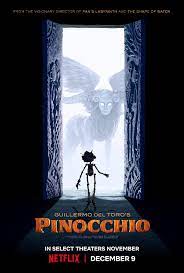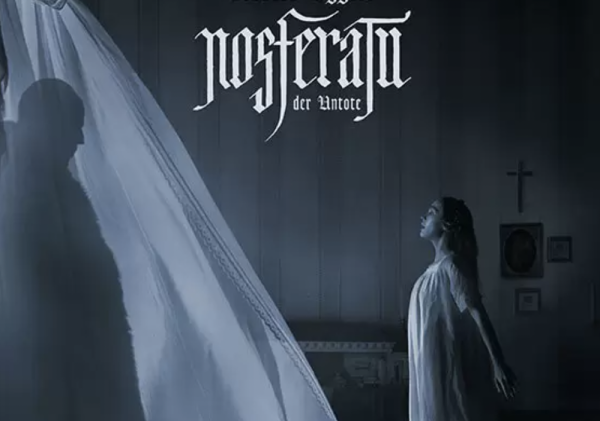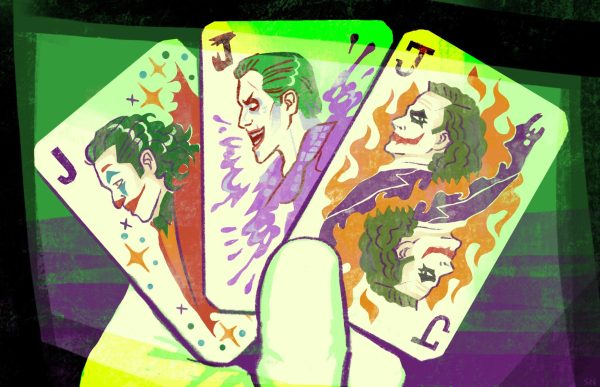OPINION: Guillermo del Toro’s ‘Pinocchio’ revels in classic tale’s dark side

Courtesy photo of Netflix
Few movies are so overwhelming in their scenery and style that they make my heart race while sitting down. The bright Australian city life in Shannon Murphy’s “Babyteeth” and the bleak rolling hills of nihilism found in Werner Herzog’s catalog come to mind. A new addition to the list: the painstakingly detailed and wondrous world of “Guillermo del Toro’s Pinocchio.”
The film is far more dark and textured than the 1940 original. Life happens in its lush forests that invite all onto its sloping paths and its village that is being quietly washed over by the unrelenting hand of Benito Mussolini and his podestà.
It embraces the grunginess of stop-motion animation and a country mangled by the hands of war and, more directly, by Mussolini, who is rightfully spared no love by a film that enables ordinary people to spit in the face of facism.
But, much like del Toro’s two other films about facism and children of war, “Pinocchio” is about more than war. It is about grief, loss, dying and about how to cope with all of those things as you try your best in fighting against them.
Geppetto is a woodworker in a small Italian town who loves no one and nothing more than his son, Carlo. After he tragically loses his boy, Geppetto isolates himself and festers in his grief.
There is a heavy emphasis on the idea of a “burden” and how heavy grief hangs onto you for the rest of your days. You get to physically see it on Geppetto as the inner corners of his eyes darken and his back is permanently hunched over.
After years and years of this, he decides that if God won’t bring his son back to him, he’ll just carve him out of wood. The physicality of the woodworking process seen here is more than impressive and carves out an image of anger empowered by deep, unfiltered sadness.
Del Toro grapples with religion in a non-partisan way apart from the fact that the Catholic Church as an institution quietly sides with Mussolini and his regime continuously throughout the film. Everyday Catholics simply exist and whatever glimpse of the afterlife we see is glaringly not Christian.
The traditionally dubbed Blue Fairy appears here as some Biblically accurate angel but she is a sprite that is akin to a god of some sort. She certainly enacts upon a common godly misunderstanding of human affairs as she gifts Pinocchio with life in order to make Gepetto happy again.
A stunning masterpiece, “Guillermo del Toro’s Pinocchio” asks you to deeply examine both its good and bad as it leaves its beating heart on display. It’s an endearing and enduring tale about living a life and dying a death.

Trinity Ramm was the managing editor in 2023-2024 and former sports editor in 2022-2023 for The Sunflower. Ramm graduated with a major in English, a...












